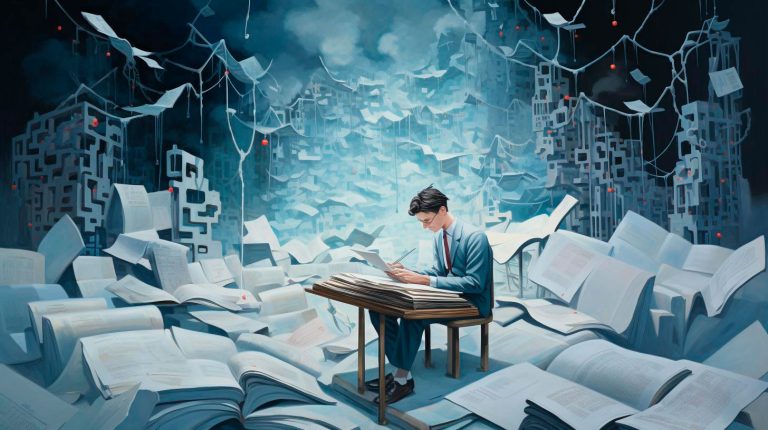Why Observation Skills Matter
Observation skills are critical not only in the field of photography but also in various other disciplines. Research has shown that honing these skills can lead to improved critical thinking abilities and better problem-solving capabilities. Additionally, observational skills are essential for performances in subjects like science, art, and literature. By encouraging students to become more observant, we can help them excel across different academic areas.
The Role of Still Life Photography
Still life photography, the art of capturing inanimate objects, offers a unique platform for developing observation skills. It allows students to slow down, pay attention to details, and perceive the beauty in everyday objects. By focusing on composition, light, color, and texture, students can learn to observe their surroundings in a new light. Moreover, as still life photography often involves arranging objects strategically, it stimulates creativity and encourages students to think critically about how to create aesthetically pleasing images.
Incorporating Still Life Photography into Education
Integrating still life photography into education can be easily done across various subjects and grade levels. Here are some key ways to incorporate it into the curriculum:
- Science: Use still life photography to document experiments and observations in the lab.
- Art: Explore different art movements through still life photography, such as Cubism or Renaissance.
- English: Use still life photographs as writing prompts for descriptive essays or poetry.
- History: Create still life photographs inspired by historical events or time periods.
Benefits and Key Takeaways
The incorporation of still life photography in education offers numerous advantages to students:
- Enhances observation skills and attention to detail.
- Fosters creativity and critical thinking.
- Improves visual literacy and communication skills.
- Develops patience and perseverance.
- Encourages appreciation for the beauty in everyday objects.
By embracing still life photography, both educators and students can gain a fresh perspective on learning while simultaneously nurturing observation skills that are paramount for success.
Conclusion
In a world increasingly dominated by technology, the cultivation of observation skills is more crucial than ever. Incorporating still life photography into education provides a practical and engaging way to develop these skills while exploring various subjects. By enabling students to observe and capture the world around them, we equip them with important tools for academic excellence and personal growth. So, let’s embrace the power of still life photography and inspire our students to see, appreciate, and create.



















+ There are no comments
Add yours